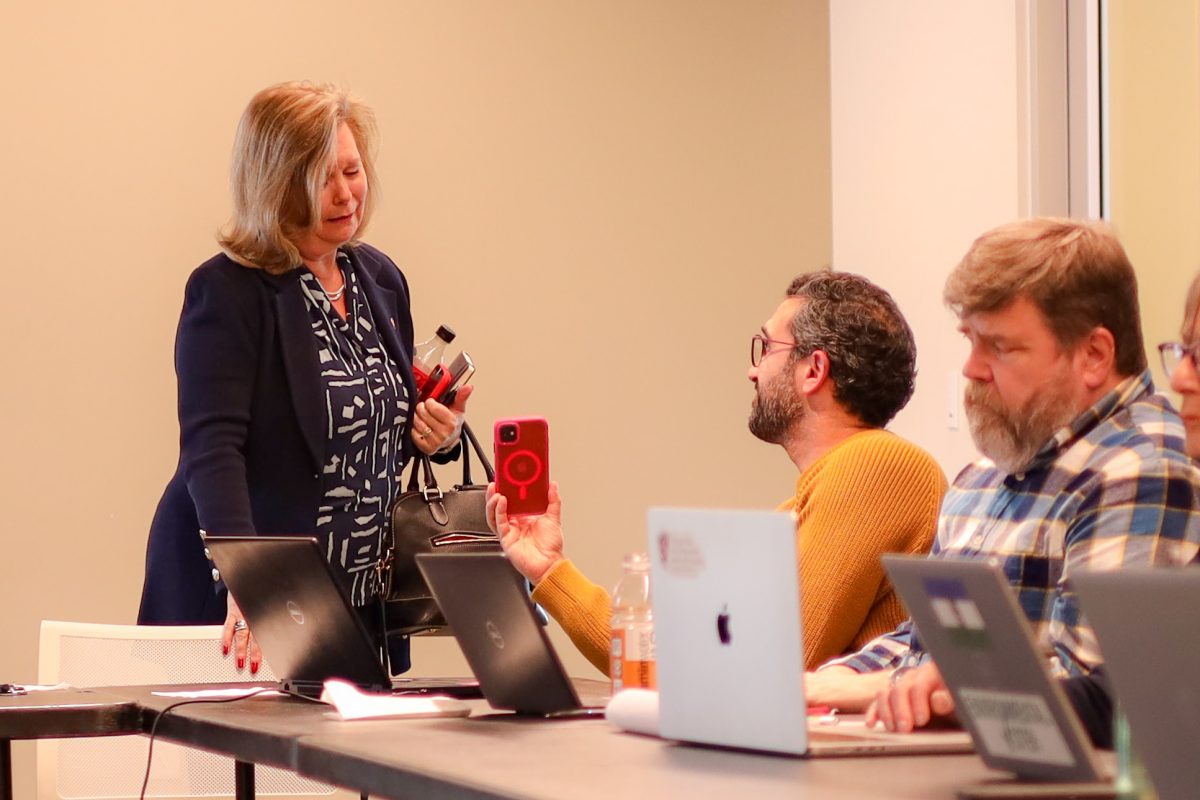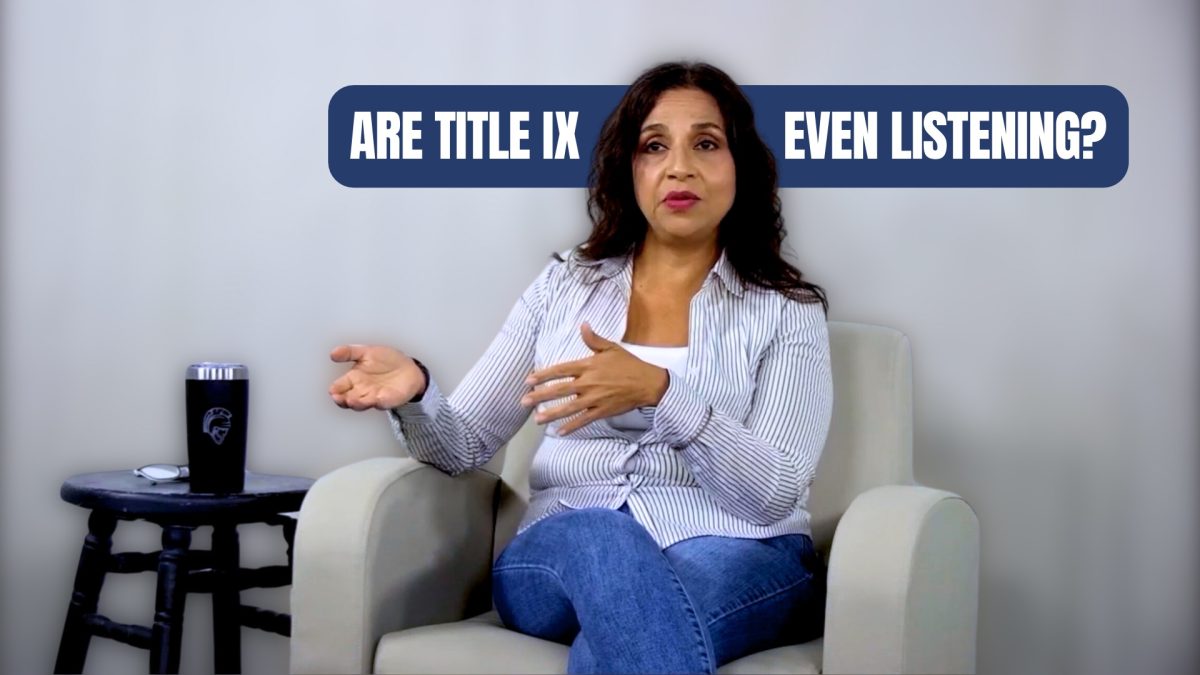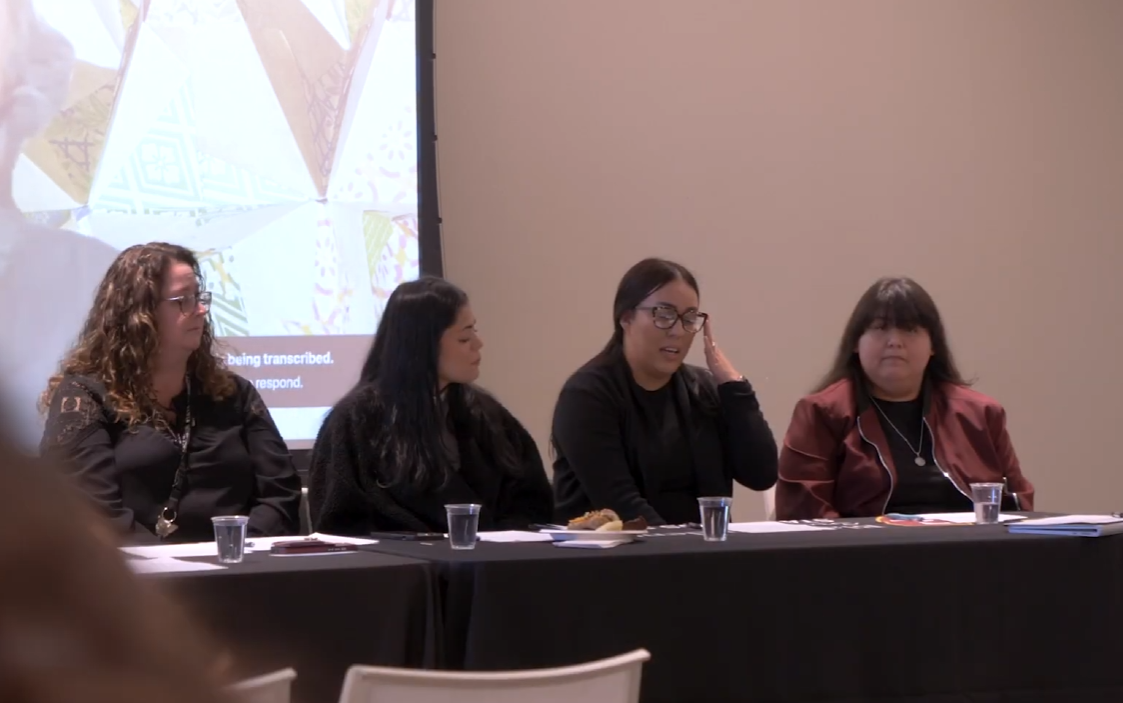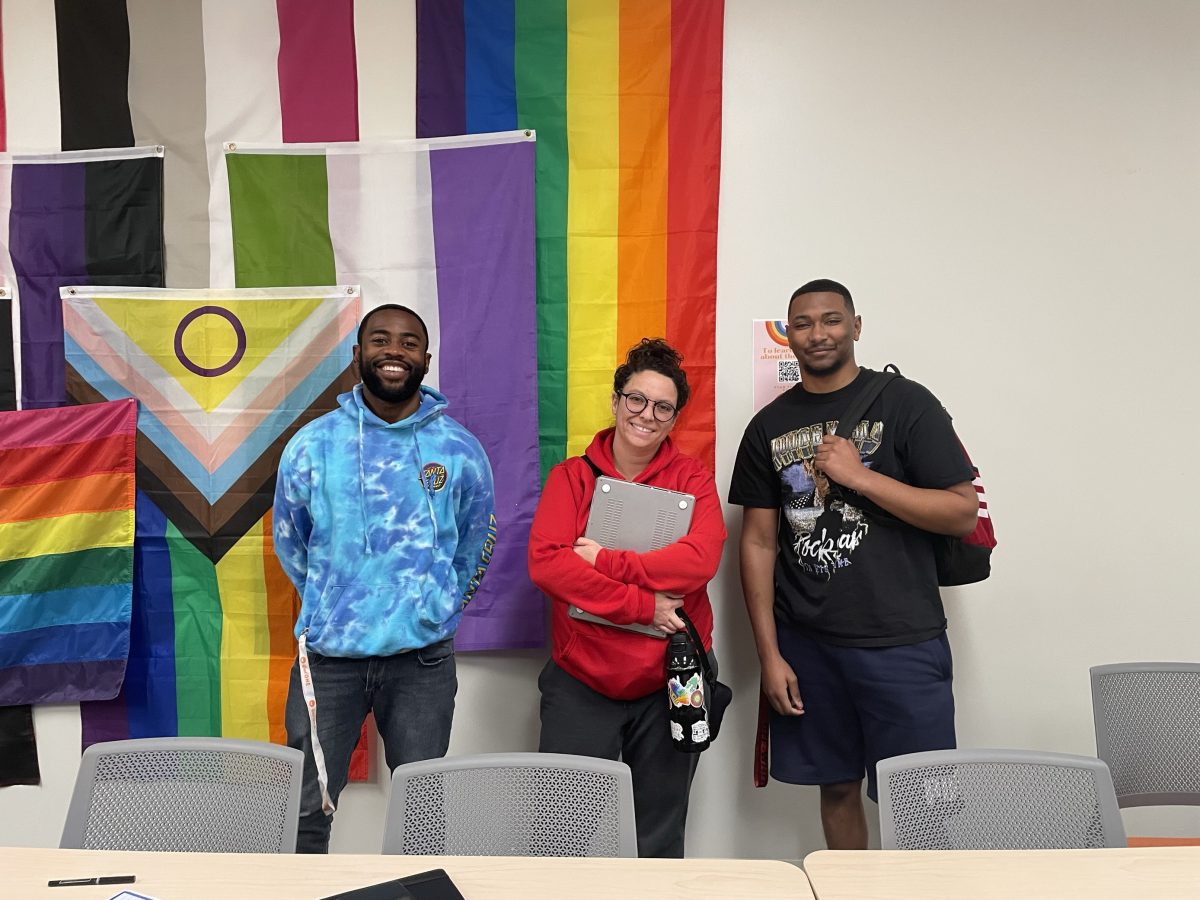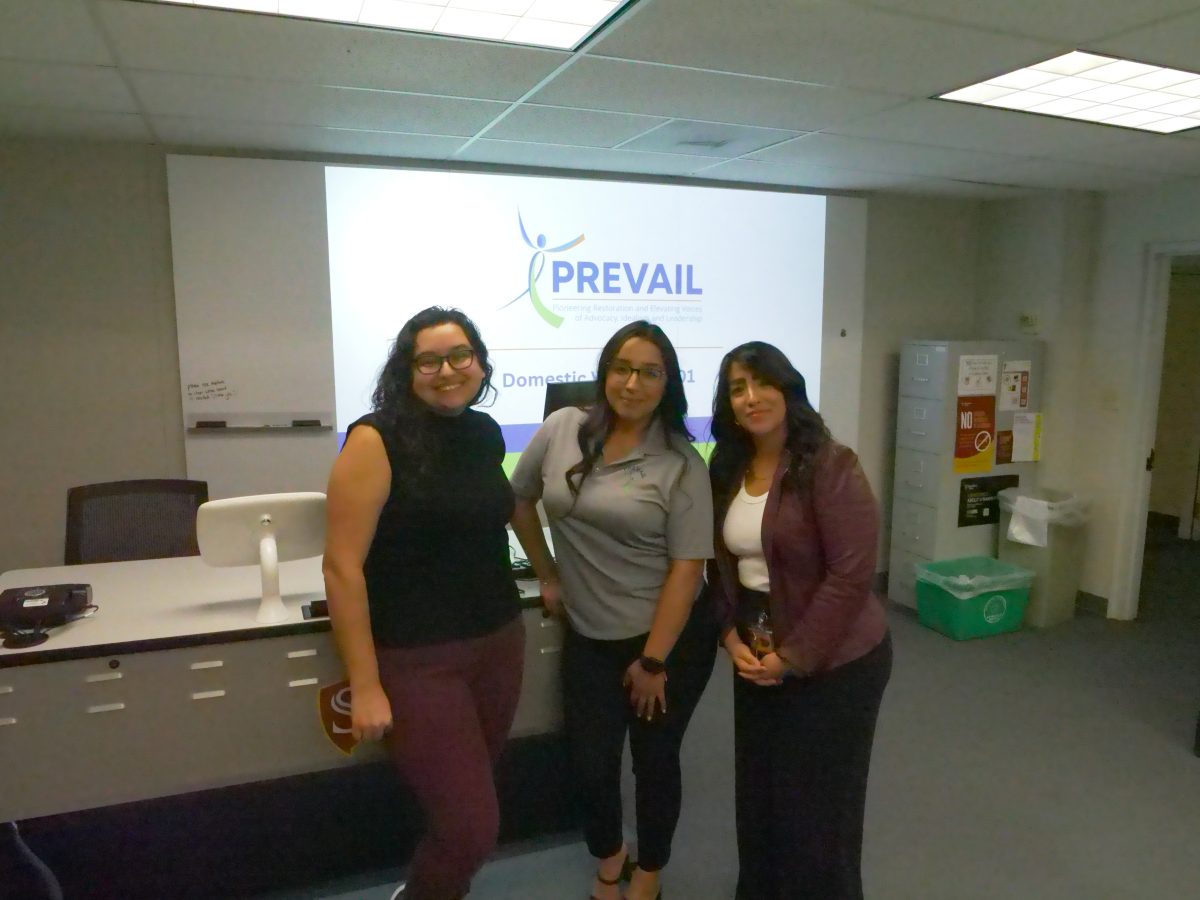When I first graduated and left Stanislaus State to begin my career as a reporter at our local paper in 2016, I knew I would cover some of Turlock’s most historic moments. However, nothing could prepare me for what 2020 would bring just four years later.
Issues we’ve seen in bold face across the front pages of national publications have hit home, too, beginning with a global pandemic and evolving into nationwide civil unrest following the death of George Floyd. And, for the first time, I feel like I’ve witnessed something truly historic in Turlock.
That’s not a diss to anything I’ve covered thus far, from ribbon-cutting ceremonies and 100th birthday parties to Congressional races and school board meetings. I just never could have imagined a group of 300 strong shutting down traffic to march down Geer Road, let alone in defense of Black lives. Hate’s presence has been felt in this town in recent years; in 2016, flyers for a hate group called Identity Evropa, which propagated white supremacist ideals, were found plastered around the Stan State campus, prompting outcry from the Turlock community. Less than two years later, stickers from the same group appeared on campus again.
There were marches after those events, but they pale in comparison to what I’ve seen in recent months (hard to believe it’s been months, right?). Looking back, it’s unbelievable that problems with racism in our country and communities have continued to grow. It’s also unbelievable that I’ve reported on it along the way. I watched a small group march to Turlock’s City Hall in 2018 and demand the Council adopt an anti-hate resolution, and, in two short years, the protests here have grown in gargantuan proportions.
As I ran backwards in front of the Black Lives Matter protest marching down Geer Road on June 6, trying my best to take pictures without tripping over my own feet, I thought to myself, “You’ve lived in Turlock your entire life and have never seen anything like this.” I got chills. If it weren’t for my objective role as a journalist, I truly would have been awestruck to see any group marching down one of the city’s main roads. But, this felt different.
It’s important to recognize, though, that this was not the only protest I covered and awe was not the only emotion I felt while doing so.
I felt fear as I watched a peaceful march with hundreds more people evolve into a tense — and violent — standoff, where I was shoved to the side forcefully by an officer trying to make his way into the fray. I felt anxiety as I tried to record with my cell phone in order to tell the story, wondering if the line of riot police standing their ground a few yards away would disregard my press badge and pepper me with rubber bullets anyway, as I had seen done to many reporters on TV.
I felt sorrow when I covered the George Floyd vigil coordinated by the Turlock Black Lives Matter Movement, not only for the man who was killed by police and inspired the country’s most-recent fight for civil rights, but for all others celebrated that night who have lost their lives to police brutality. I felt Stan State alumna Mi’Shaye Venerable’s pain when she told the story about how her father was killed by police in Sacramento 20 years ago. I felt the healing in the air when Jamil Stell led the group in prayer.
This uprising has reminded me that as a journalist, it’s okay to feel. I mentioned objectivity before, and am reminded of what Aaron Burr’s character in the musical “Hamilton” says: Talk less, smile more; Don’t let them know what you’re against or what you’re for. Burr is right — keeping your feelings to yourself, especially when you have a very small public platform like myself, can be easier a lot of the time.
But my question for myself, and for all journalists, is this: When does objectivity interfere with morality? Do I have to pretend I’m not bothered by police brutality just so that everyone who reads the words I write likes me? Am I not allowed to speak out, simply because my name is in print? While I believe in telling all sides of the story — and I do — I think it’s okay for me to say Black Lives Matter. I also think it’s okay for me to tell the story of people who don’t believe that.
In the end, it’s up to all of us to decide what side of history we want to stand on.
I was amazed to witness the largest protest to ever take place in Turlock on June 6. I believe it is one of Turlock’s most-historic moments, especially in the years that I’ve worked for the Journal. I hope that one day, we live in a world where people don’t need to march anymore. Until then, I’ll tell the story.


